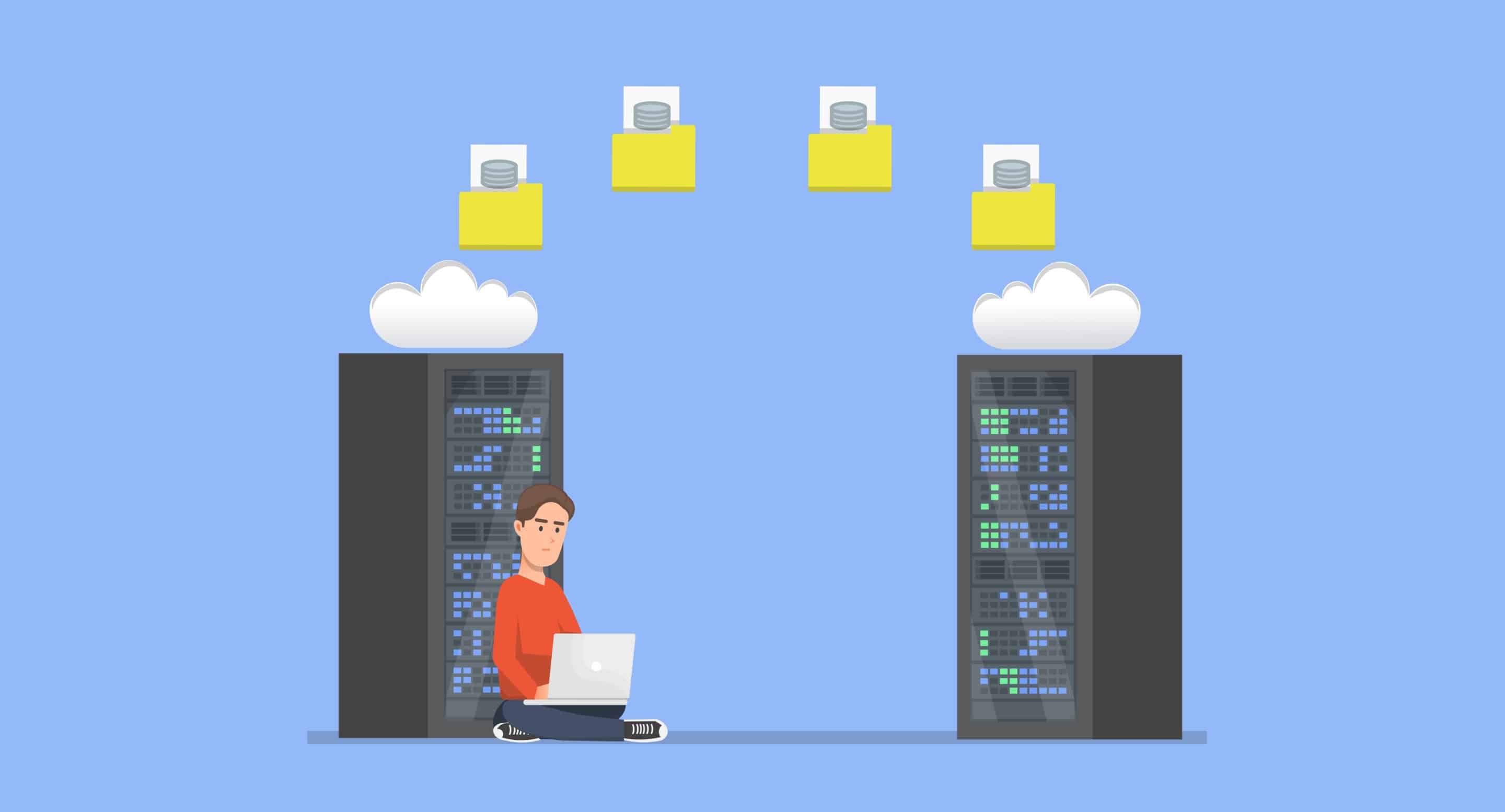Overcoming Cloud Migration Challenges with a Focus on Cybersecurity

More businesses are eager to shift their IT infrastructure to the cloud as they become more aware of the many benefits of cloud computing. Although cybersecurity is the main worry for most firms, shifting to the cloud may be a challenging and challenging process. In this article, we’ll look at the challenges companies have when moving their so infrastructure to the cloud and offer practical tips and strategies for achieving so, with a focus on keeping data security all the way through the transfer process.
Issues With Data Security
One of the major challenges that businesses have is ensuring the security of sensitive data in the cloud. Businesses must protect their data against unauthorised access, breaches, and loss due to the sophistication of cyber threats, which is always increasing. Typical issues with data security during cloud migration include the following:
- Maintaining compliance with industry-specific privacy laws and regulations.
- Making certain that delicate data is adequately encrypted both in transit and at rest.
- Addressing programmes and services located in the cloud that may have bugs.
- Implementing reliable access control and authentication protocols.
Pick a cloud service provider with a proven track record of security and compliance. Look for service providers who have integrated firewalls, intrusion detection systems, and encryption. Check to see if the service provider complies with any privacy laws or regulations that are relevant to your business and the industry.
Always encrypt data
Assure the encryption of sensitive data both during transmission and storage. Use strong encryption methods and key management processes to prevent unauthorised access to your data. Consider using the cloud-based encryption services offered by your cloud service provider for improved security.
Utilise trustworthy access control and authentication systems.
Implement stringent access control policies and multi-factor authentication to stop unauthorised access to your cloud-based resources. Only let individuals who truly need access to know about sensitive information, and regularly review and modify user permissions.
Keep an eye on and evaluate your cloud infrastructure frequently
Watch out for any hazards and security holes in your cloud environment. Conduct regular security audits to identify and address any gaps in your security posture. Utilise your cloud service provider’s cloud-native security solutions to improve the efficiency of monitoring and auditing processes.
Other Challenges and Fixes for Painless Cloud Migration
Along with data security concerns, businesses moving to the cloud may also encounter issues with programme compatibility, performance issues, and protracted outages. Here are a few strategies to get around these challenges:
Make sure your applications are compatible
Before transferring your applications to the desired cloud environment, make sure they are compatible. Make a note of any dependencies or probable issues before starting the migration process. To function optimally in the cloud, applications may need to be re-architected or refactored.
Increased Efficiency
Optimise your cloud resources and applications to guarantee top performance and low latency. To monitor and improve the performance of your cloud-based apps, make use of cloud-native tools and services.
Plan your downtime
Even though cloud service providers strive to minimise downtime throughout the conversion process, businesses should be prepared for unforeseen delays. Make a thorough migration plan with backup strategies for downtime, such as timing the move during off-peak business hours or employing a phased migration method.
Moving your IT infrastructure to the cloud has a number of benefits, including cost savings, scalability, and improved security. However, firms must overcome a number of challenges in order to make the change successfully. By focusing on cybersecurity and implementing the best practises suggested in this article, businesses may protect their sensitive data during the transfer process and fully benefit from cloud computing.



















